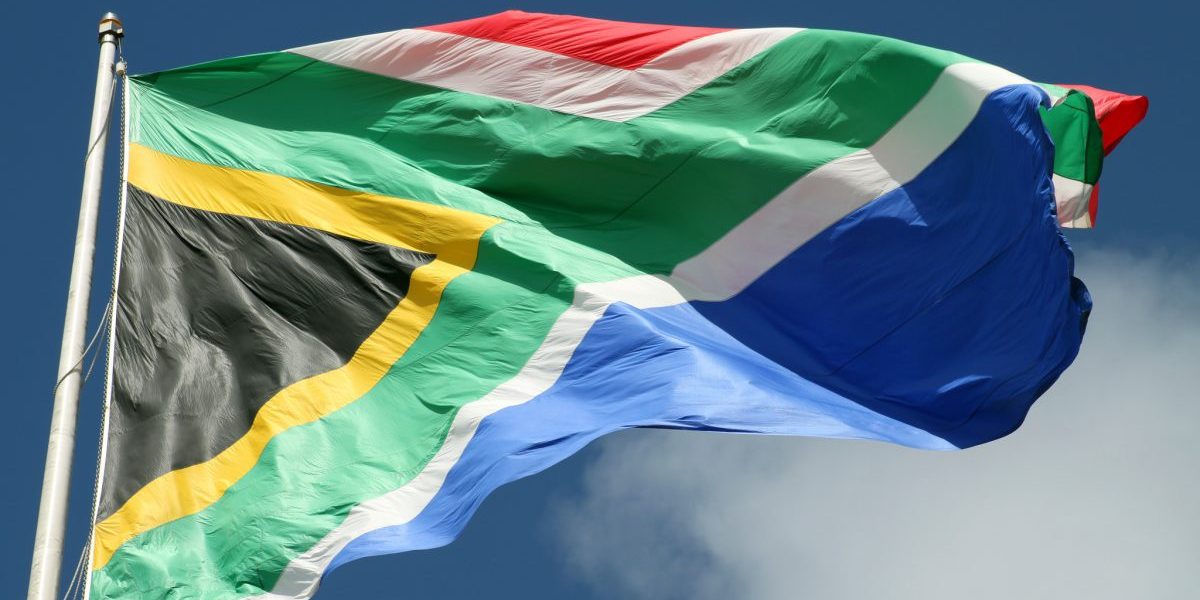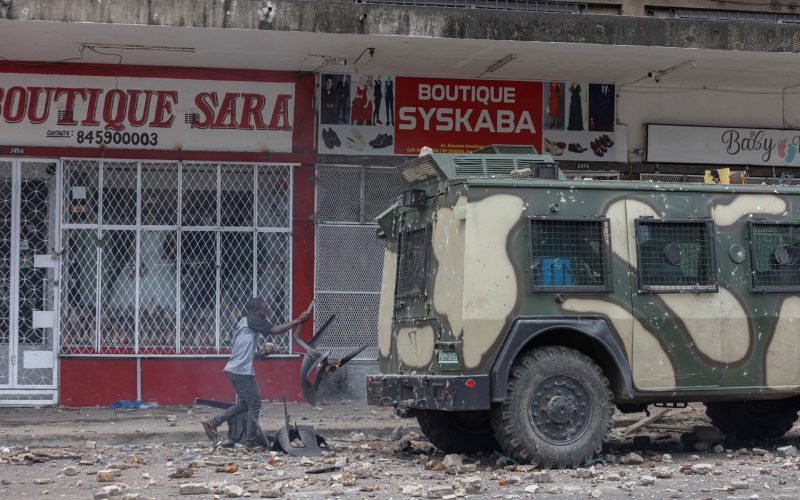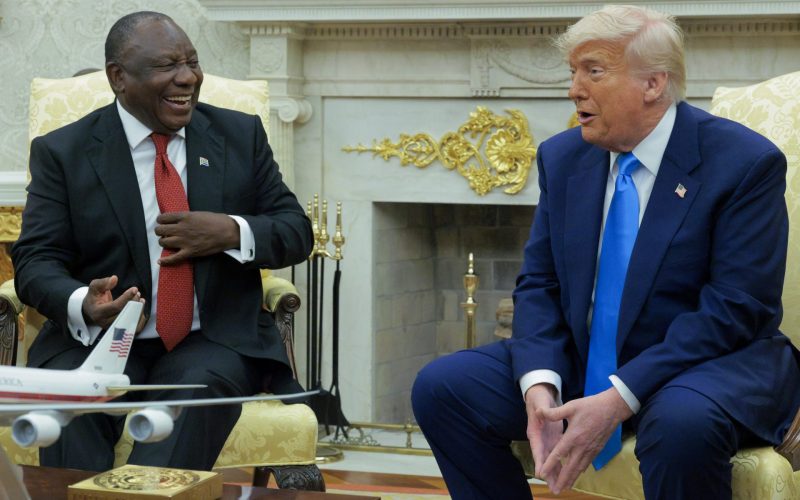The composition of our export basket has changed dramatically since the early 1980s, when the apartheid government was pursuing import substitution and building strategic industries against perceived security threats. Until then primary sector exports like minerals accounted for between 60% and 65% of overall exports (including services). They now account for less than 35%; manufacturing is now easily the more important foreign-exchange earner.
Services exports have risen slightly since 1994, and accounted for 15% of total exports in 2002.
But a closer look at the trends reveals a disquieting incongruence between South Africa’s most under-utilised resource – labour – and its revealed strengths in global manufacturing.
The most striking feature of manufactured export growth, particularly since 1994, has been its bias towards relatively skill-intensive product groups.
This may be due in large part to the highly successful motor industry development plan, but similar trends are apparent in other sectors, such as coke and refined petroleum and other chemicals. By contrast, exports which tend to employ intensively low- and unskilled labour have not grown strongly.
Worse, rapidly increasing imports of cheap labour-intensive products from China, and further down the line India, are closing down options for a manufacturing-led employment-intensive growth path (if they were ever there in the first place). This raises some troubling questions about the sustainability of our current labour market model and industrial strategy trajectory. Could it be that our future now lies in services, not manufacturing?
Meanwhile, trade negotiations in South Africa, as in many other countries, have become increasingly intertwined with foreign policy.
In the multilateral system, for example, the foreign policy imperative revolves around how to mesh South Africa’s economic interests with the positions taken by the Africa group in the World Trade Organisation (WTO), given that resolving Africa’s problems is the central foreign policy terrain.
It is important briefly to consider how we got here. During the Uruguay round, in the late 1980s South Africa committed to a major overhaul (simplification and liberalisation) of its complex tariff regime. Special and differential treatment for developing countries, so central to the current Doha round, was not prioritised during this period owing to the fact that the apartheid government considered South Africa a developed country. Consequently our tariff protection levels are comparable to, if slightly higher than, developed country levels.
Underpinning South Africa’s participation in the Uruguay round were twin imperatives of overcoming the isolation of the 1980s and the need to promote international competitiveness in a context of domestic economic stagnation.
These considerations moved to centre stage of the African National Congress government’s policy in the wake of the first rand crisis in 1996. The pressures culminated in more rapid liberalisation of tariffs than required in terms of South Africa’s WTO commitments.
The Uruguay round was complete when the ANC came to power. The liberalisation strategy thus turned to bilateral and regional tracks. Relations with the European Union (EU) were high on the agenda, given the preponderance of EU markets in South Africa’s export basket. After six years of difficult negotiations the final agreement covered “substantially all trade” and was asymmetrical in two respects: the EU markets were opened first, and to approximately 95% of South African exports versus 86% in return. Furthermore, the EU opened its markets faster than South Africa – in our case significant tariff reductions are now starting to be phased in.
The second pillar of the regional/bilateral strategy was negotiations with the countries of the Southern African Development Community (SADC) to form a free trade area. Approximately one-third of South Africa’s manufacturing exports go to SADC countries, hence locking in market access was a key motivation. Once again, these negotiations proved divisive, given the presence in the region of the Common Market for Eastern and Southern Africa (Comesa) and the problems associated with some countries’ overlapping memberships in SADC and Comesa. South Africa’s decision to opt for SADC over Comesa was widely resented by many countries in the region, which came to the view that the South African government simply wanted to work with a grouping it could dominate. This experience, coupled with the South African government’s subsequent support for launching the new WTO round at Doha – notwithstanding generalised resistance in the Africa Group – and the estrangement of our Customs Union partners in the EU negotiations has bequeathed a legacy of (largely unjustified) mistrust of the South African government’s intentions in the region.
South Africa’s chief objective in the Doha round is to solve the agricultural subsidies puzzle before moving on to other areas. Our principle alliance for furthering this objective is the Brazil and India-led G20.
South Africa is also a member of the Cairns Group of agricultural exporters. But while reforming the rules governing trade in agricultural products is important, it is hardly critical to South Africa’s export trajectory, accounting for about 4,4% in real terms (between 2000 and 2003) of exports and a smaller proportion of gross domestic product. Furthermore, our African partners’ primary objective in these negotiations is to preserve their preferential access into EU markets, which requires an acceptance of continuing subsidisation and protection in the EU. This contradiction makes our African foreign policy problematic.
Of far greater importance for South Africa is securing access to markets for our growing intermediate manufactured exports and liberalisation of services sectors – particularly in African markets.
In line with this, and in keeping with global trends, a new wave of bilateralism has broken out. This is broadly guided by the ‘global economic strategy’ of the Department of Trade and Industry, and is divided into two tracks: first the United States, the European Free Trade Association (EFTA) and Mercosur (created by Argentina, Brazil, Paraguay and Uruguay with the goal of creating a common market between the participating countries); second India, China and Nigeria.
Track one is currently under way. The Mercosur negotiations are scheduled for completion in August, while the EFTA negotiations are close to completion. However, negotiations with the US have run into serious difficulties. This reflects major differences between South Africa and the US concerning trade liberalisation in general and the US’s “WTO-plus” approach to bilateral negotiations. To some extent it also reflects the South African government’s desire, in common with Brazil, to pursue strong alliances with key developing countries in order to balance US power. Track two has yet to commence, although it is anticipated that negotiations will get under way during the second half of this year.
Altogether the trade agenda in the medium term is packed, fraught and pregnant with opportunities and threats. It is going to be an interesting ride.






